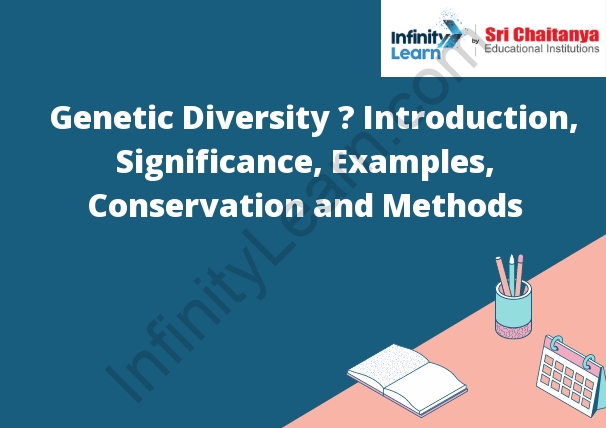Table of Contents
The genetic diversity of a population is its variation in DNA sequences. This genetic variation arises from the combination of genes passed down from parents. It can be used to determine the relatedness of populations, to track the movements of individuals and populations, and to assess the health of a population.

What is Genetic Diversity?
Genetic diversity is the variety of genes within a species. It is the result of mutations, sexual reproduction, and gene flow. Genetic diversity is important for a species because it allows for natural selection and adaptation to occur.
Some Attributes of Genetic Diversity
Genetic diversity is the variation in genes among individuals in a population. This variation arises from the combination of different genes passed down from parents and the mutation of genes over time.
Genetic diversity is important for a population because it provides a reservoir of variation that can be drawn on when populations are subjected to selective pressure. This pressure can arise from environmental changes or from the introduction of new genes into a population by mating with other populations.
Genetic diversity is also important for the long-term survival of a population. It allows populations to adapt to changing environments and to resist disease.
Significance of Genetic Diversity
Genetic diversity is important because it helps populations adapt to changing environments. It also helps populations resist disease.
Examples of Genetic Diversity
Genetic diversity is the variation of genetic material within a population of organisms. This variation arises from the combination of genes passed down from parents to their offspring. Organisms with greater genetic diversity are better equipped to survive in changing environments because they have more variation in their genetic makeup to draw from.
There are many different ways to measure genetic diversity, but one common measure is the degree of heterozygosity.
Heterozygosity is a measure of the proportion of different alleles (forms of a gene) present in a population. Populations with high levels of heterozygosity are more genetically diverse than populations with low levels of heterozygosity.
One way to increase the genetic diversity of a population is to introduce new alleles into the population. This can be done by introducing new individuals into the population or by crossing different populations to create hybrids.
Genetic diversity is also increased through mutation. Mutation is the process by which genetic material is changed or altered. This can lead to the introduction of new alleles into the population and increased genetic diversity.
Organisms with high levels of genetic diversity are more likely to survive and reproduce in a changing environment. This is because they have more variation in their genetic makeup to draw from and are less likely to suffer from genetic bottlenecks. Genetic bottlenecks occur when a population becomes reduced in size, which can lead to a loss of genetic diversity.
Conservation of Genetic Diversity
The conservation of genetic diversity is the preservation of the variety of genes in a species or population. It is important for the survival of a species because it helps them adapt to changing environments.
Genetic diversity is also necessary for the health of a population because it allows for the exchange of genes, which helps to prevent the accumulation of harmful mutations.
Methods to Conserve Genetic Diversity
There are many methods that can be used to conserve genetic diversity. Some of these methods include:
1. Establishing protected areas – Protected areas can be established to help conserve threatened and endangered species and their habitats. This can help to protect the genetic diversity of these species.
2. Establishing captive populations – Captive populations can be established for threatened and endangered species. This can help to preserve the genetic diversity of these species.
3. Preserving natural habitats – Preserving natural habitats can help to conserve the genetic diversity of plant and animal species.
4. Conserving genetic resources – Conserving genetic resources can help to protect the genetic diversity of plant and animal species.
5. Encouraging sustainable practices – Encouraging sustainable practices can help to protect the environment and the genetic diversity of plant and animal species.
How to Learn the Concept of Genetic Diversity?
Genetic diversity is the variety of genetic information within a species. To learn about genetic diversity, one can study genetics, learn about the different types of genetic variation, and study the distribution of genetic variation within and among species.
Why Should You Learn about Genetic Diversity?
Genetic diversity is important because it helps populations of organisms to survive in changing environments. Genetic diversity is also important because it allows for the evolution of new species.





